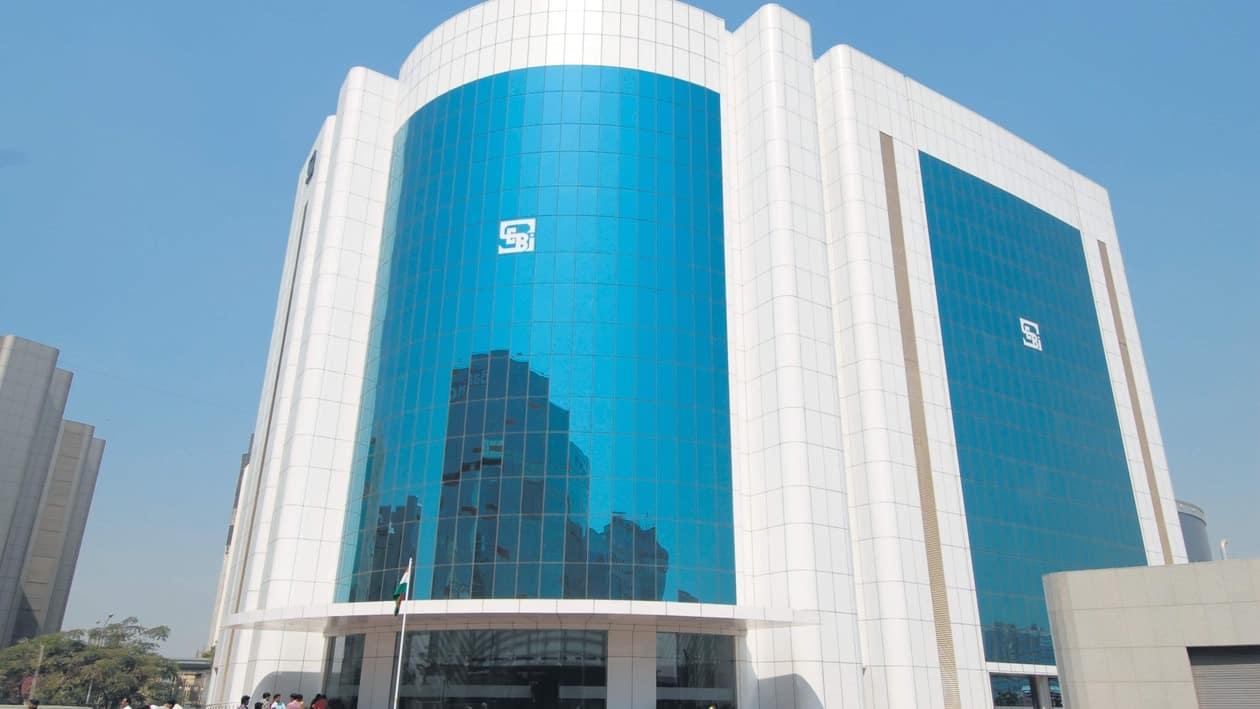The passive fund industry will be positively impacted by the new rules on passive funds announced by the Securities and Exchange Board of India (Sebi). The market regulator has relaxed several rules around market making, the launch of new fund offerings (NFOs) and the promotion of debt exchange-traded funds (ETFs) through a circular titled ‘development of passive funds.’
Sebi, recently, has put in place a framework for managing passive funds - Exchange Traded Funds (ETFs) and Index Funds, amid the growing popularity of such funds as an investment product for retail investors.
"Considering the emergence of passive funds -- ETFs and index funds as an investment product for retail investors globally and various advantages of passive investing like transparency, diversification, lower cost..., a need was felt to review the regulatory framework for passive funds in India," Sebi said.
Sebi has now made operational changes to how ETFs are formed and managed to provide MF houses more flexibility. The regulator has allowed net settlement for market makers and reduced the minimum subscription amount to just ₹10 crore for debt ETFs and ₹5 crore for other ETFs. Moreover, it has introduced an alternative for ETF NFOs, whereby the asset management company can contribute the initial fund for unit creation.
Exports believe that the new guidelines can help double assets under management (AUM) for passive schemes in less than five years.
Currently, passive schemes, which include both ETFs and index funds, have an AUM of ₹5.27 lakh crore, less than 15 percent of the total AUM of the mutual fund (MF) industry.
“Sebi has put in place the right building blocks for the passive fund industry to grow significantly in the coming years. To boost ETF liquidity, Sebi has eased the market-making norms by allowing net settlement for market makers which will make the process less capital intensive and will encourage more players to act as market makers. Further, Sebi has made changes which will encourage more trades to take place on the exchange platform thus increasing the overall liquidity," said Mukesh Agarwal, CEO, NSE.
It has also allowed mutual funds to launch passively managed Equity-Linked Savings Schemes (ELSS). However, the regulator said that mutual funds can have either an actively-managed ELSS scheme or a passively-managed one but not in both categories.
"We believe the ‘Circular on Development of Passive Funds’ by SEBI is a big welcome step to the overall growth of passive funds. The norms on debt ETF / Index Fund will certainly help broaden the debt passive fund product offering. The number of steps with respect to market making, iNAV on the stock exchange, or disclosure of tracking error and tracking difference would equip investors to make the right choice of a passive fund manager,” said Mahavir Kaswa, Head of Research, Passive Funds, Motilal Oswal AMC.
The new regulatory framework introduced by Sebi is based on recommendations made by a working group that had representation from AMCs, trustees, brokers and stock exchange officials.
Other measures such as display of live intra-day NAVs, and lower minimum subscription for NFOs are also welcome steps, pointed out market experts.
"Passives or index strategies in India are getting good traction with 50 percent-plus annual growth in AUM in last 5 years due to benefits of good performance with lower cost. SEBI directive to improve liquidity in ETF is a positive step for this industry growth and brings more retail participation. Also step to allow mutual fund houses to launch Equity-linked savings schemes as the passively managed fund is a positive move to scale indexing proposition for retail investors but we need to see how fund houses will deal with the option to have either actively managed ELSS fund and Passively managed ELSS funds but maybe new fund houses who don’t have ELSS fund can capture this opportunity, said Tarun Birani, Founder & CEO, TBNG Capital Advisor.
Birani further highlighted that for debt mutual funds, the new framework goes some way towards de-risking the index portfolio even further thus making the risk management in these funds even more robust.
"However, due to thin liquidity of debt markets, we will need to wait and watch in terms of how the overall new framework works but steps are in the right direction to bring structure in debt index funds. But all in all, it looks a step in the right direction and a proactive one cognizant of the advent of index funds being constantly launched by fund houses and the need to have a strong regulation," he said.
